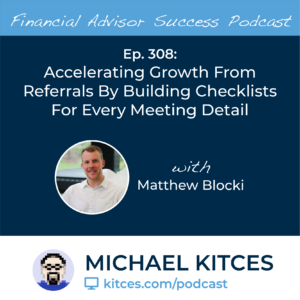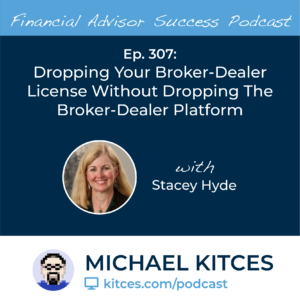Enjoy the current installment of “Weekend Reading For Financial Planners” - this week’s edition kicks off with the news that the Biden administration’s Department of Labor (DoL) is planning to propose its own ‘fiduciary rule’ that seeks to create higher standards than the rule put in place by the Trump administration (though perhaps not as tough as the Obama administration’s original ‘fiduciary rule’ proposal). Among potential measures, the new rule could provide that a single recommendation would be considered fiduciary advice, so that if an advisor has a relationship of trust and confidence with the participant, that a rollover recommendation will be fiduciary advice.
Also in industry news this week:
- The Biden administration has extended the student loan payment pause out to as far as August 31, 2023 amid legal battles over its broader student loan relief plan
- Why RIA M&A activity has slowed down since October and how deal structures could be affected in the current economic environment
From there, we have several articles on spending:
- How advisors can support clients looking to cope with high rents and elevated home purchase costs
- How adult children can more effectively give advice to their parents
- Several easy ways advisors can help find unclaimed assets and save money as the year comes to an end
We also have a number of articles on retirement planning:
- How advisors can incorporate Social Security benefits into a client’s retirement asset allocation
- Why annuities with “Protected Lifetime Income Benefits” could be an attractive option for clients looking for additional upside exposure in addition to guaranteed income benefits
- Why there are a few silver linings amid the challenge of high inflation
We wrap up with three final articles, all about time management:
- Why creating a routine checklist can be more effective than keeping a fixed daily schedule
- Best practices for removing distractions and boosting productivity
- How to diplomatically set boundaries amid a sea of invitations and meeting requests
Enjoy the ‘light’ reading!

 Welcome back to the 308th episode of the Financial Advisor Success Podcast!
Welcome back to the 308th episode of the Financial Advisor Success Podcast! Welcome back to the 307th episode of the Financial Advisor Success Podcast!
Welcome back to the 307th episode of the Financial Advisor Success Podcast!
